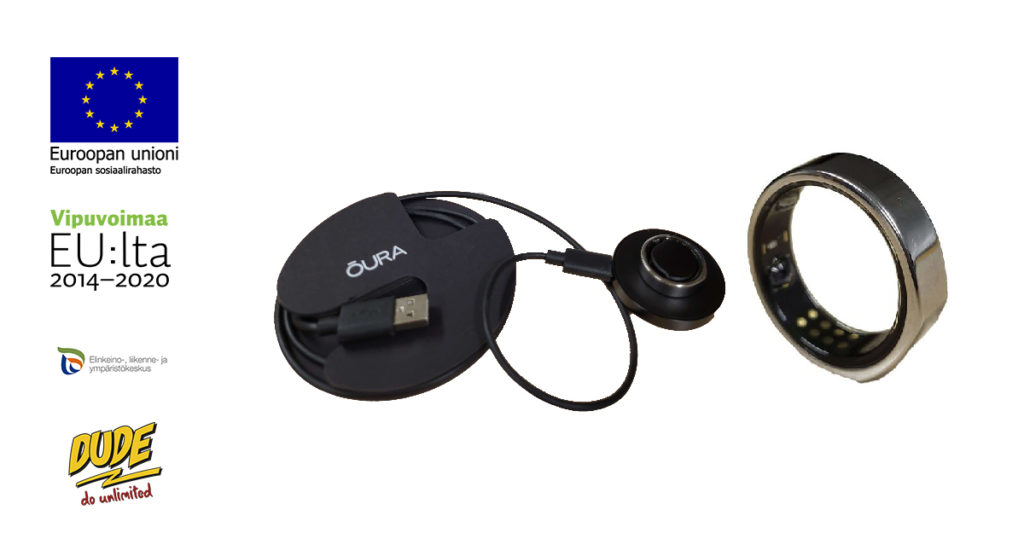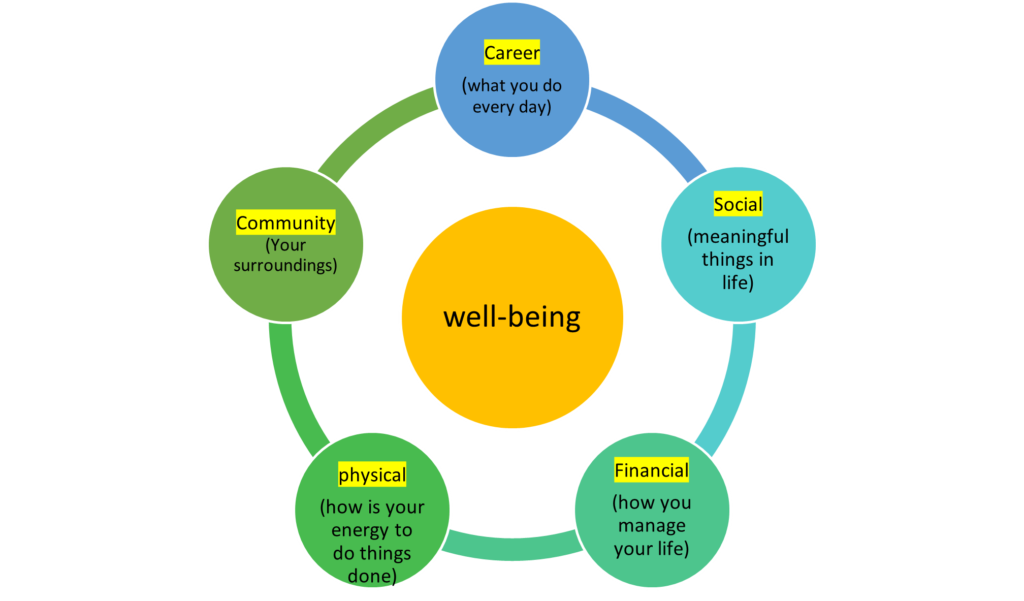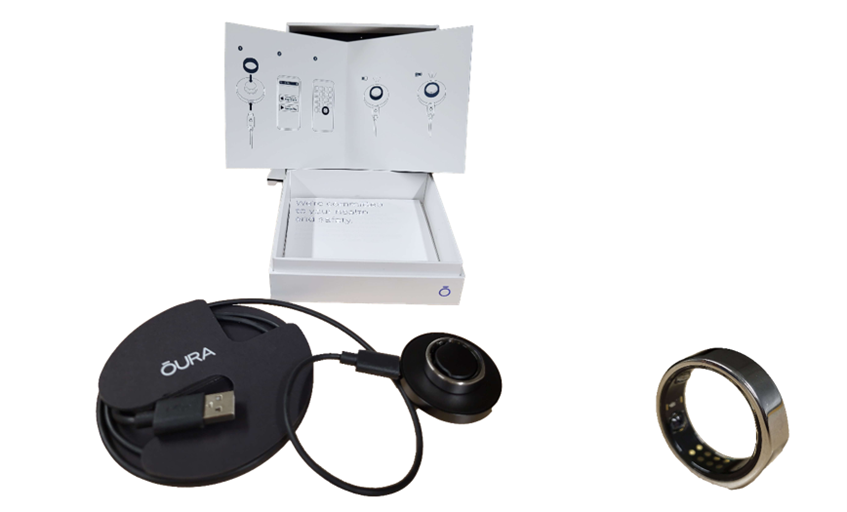Mitha Rachel Jose

In today’s fast-moving and high-stress work environment, employees are facing huge physical and mental health challenges. These challenges can lead to decreased productivity at work and increased absence. With the assistance of a well-being application, employees can take care of their health and wellness by tracking various health metrics, such as sleep, activity levels, and stress.
The application can provide personalized feedback and guidance, to help employees to choose lifestyle choices that can improve their overall well-being. Moreover, by promoting employee wellness, employers can create an engaged workforce, leading to increased productivity and reduced absence. In general, the importance of a well-being application in the workplace lies in its ability to promote a culture of wellness, resulting in benefits for both employees and employers.
The elements of well-being are career, social, community, physical and financial (FIGURE 1).

Prioritizing well-being in the workplace
The importance of well-being at work cannot be overstated. Well-being at work refers to employees’ physical, mental, emotional, and social health in their work environment. It involves various aspects of an employee’s experience at work, including their physical health, mental well-being, job satisfaction, work-life balance, and social connections in the workplace. Here are some key reasons why well-being at work is crucial:
- Employee Health: Well-being promotes physical, mental, and emotional health among employees. Employees who are healthy are more likely to be engaged, motivated, and productive. A good workplace is not likely to experience absenteeism and presenteeism, which results reduction in productivity and a rise in the healthcare costs for employers.
- Job Satisfaction: Employees, who feel support and value, will be satisfied with their jobs. Well-being programs promote a balance in work life, reduction in stress, and support mental health that improves job satisfaction, which leads to increase the retention rate and reduce the turnover.
- Performance and Productivity: Employees with good metal health will perform at their best and can be able to pay more attention to work, concentrate, and take appropriate actions. Well-being applications help to manage the workload, stress, and work-related challenges, and thereby enhance the employee performance and productivity.
- Employee Engagement: When employees have the feeling that the employer gives care to them, then the employee will be more encouraged to engage more in their work. This will result in the increased faithfulness, creativity, and innovative behavior of the employee.
- Workplace Culture: A positive workplace culture has a major place in the well-being, and it substitutes an attachment, collaboration, and mutual support among employees. This can increase employee morale, teamwork, and organizational unity.
- Reduction of Stress and Burnout: The increase in stress and burnout impact negatively to employees in their mental and physical health and thereby in job performance. Well-being programs, which focus on stress management, work-life balance, and mental health, play a significant role in reducing the risk of burnout and improving their overall well-being.
- Increase the reputation of Employer: Organizations that prioritize well-being at work, are seen as caring and responsible employers, which can enhance their employer brand. A positive employer brand can help attract and retain top talent, giving organizations a competitive advantage in the job market.
- Cost Savings: Well-being initiatives can lead to cost savings for employers through reduced healthcare costs, and increased productivity. Employees, who are physically and mentally well, are less likely to require costly medical interventions and are more likely to be engaged and productive, resulting in a positive impact on the bottom line (Malakhatka et al. 2021).
In today’s digital era, electronic gadgets can promote well-being by providing tools, resources, and technologies that can help individuals manage their physical, mental, and emotional health. Investing in workplace well-being programs can be a strategic decision that contributes to the success and sustainability of the organization. Promoting well-being at the workplace requires a proactive and integrated approach that encompasses various aspects of employees’ health and well-being. By creating a positive work environment, supporting work-life balance, providing health and wellness programs, promoting physical activity, fostering social connections, offering training and development, supporting mental health, encouraging workload management, fostering work autonomy, and evaluating and adjusting initiatives, organizations can create a healthy and supportive workplace that promotes employee well-being and contributes to overall organizational success.
Nowadays, several electronic gadgets can be used for well-being, such as fitness trackers, meditation apps, sleep trackers, blue light filters, noise-cancelling headphones, breathing and relaxation devices, mental health apps, productivity tools, and ergonomic gadgets. Mental health apps are mobile applications that provide resources and tools for managing mental health conditions, such as anxiety, depression, and stress. To provide support for mental well-being, the smart well-being applications provide features for mood tracking, cognitive behavioral therapy exercises, meditation, and stress management techniques, providing support for mental well-being (Oura Help. Readiness Scores—The Pulse Blog 2021).
To manage and improve the well-being at DUDE, an application called Oura ring is tested with DUDE participants to support their mental health. The usage of Oura ring at DUDE was not to diagnose or treat mental health conditions. The data collected from the participants of DUDE should be used in conjunction with professional healthy lifestyle practices. However, by providing insights into sleep, activity, recovery, and health trends, the Oura ring can indirectly support mental health by helping individuals to make decisions about their overall well-being.
The Oura ring is a wearable device that is designed to track and monitor sleep, physical activity, and overall health. The image below shows the OURA ring device (IMAGE 1).

Features of OURA ring
While its primary focus is on physical health, it can indirectly support mental health in several ways:
- Sleep tracking: The Oura ring provides detailed insights into sleep patterns, including sleep duration, quality, and disruptions. Poor sleep or sleep disturbances can significantly impact mental health, leading to issues such as irritability, mood swings, anxiety, and depression. By tracking sleep patterns, the Oura ring can help individuals identify any sleep issues and improve their sleep quality, which can positively impact mental well-being (Cao et al.2022).
- Activity tracking: The Oura ring tracks the physical activity levels such as the number of steps taken, how many calories burned, and how long the person was active etc., which increase numerous mental health benefits, including reducing stress, anxiety, and depression. This helps in the overall improvement in the mood and well-being. Oura ring has a feature of activity tracking that helps individuals to monitor their physical activity levels and improve themselves to a more active lifestyle. This will positively impact on their mental health (Myllymäki et al.2012).
- Recovery tracking: Recovery tracking is another feature of Oura ring that assesses an individual’s readiness for physical activity based on sleep quality, heart rate and variability. This can help individuals to optimize their recovery from physical exertion and avoid overtraining. Overtraining can increase stress, fatigue, and mood disturbances (Oura Help. Readiness Scores—The Pulse Blog 2021).
- Breathing rate monitoring: The Oura ring also tracks an individual’s breathing and resting heart rates, which can provide insights into their autonomic nervous system activity. Breathing rate has been shown to be intricately linked to stress and anxiety levels, and monitoring it can help individuals become more aware of their stress levels and practice relaxation techniques such as deep breathing, which can promote mental relaxation and reduce stress (Oura Help. Readiness Scores—The Pulse Blog. 2021).
- Health trends and patterns: The Oura ring provides personalized health insights and trends over time, allowing individuals to track their health patterns and identify any changes or trends affecting their mental well-being. For example, it can show how changes in sleep patterns, physical activity levels, or recovery metrics may impact an individual’s overall health and well-being, providing valuable feedback for making lifestyle adjustments to support mental health.
Oura ring is a regular-sized ring with fancy sensors that collect biometric data. The ring periodically sends this data to your phone, which relays it to the cloud to calculate your sleep, activity, and readiness. The ring shows the importance of sleeping reducing stress and controlling other well-being emotions. The reports from our participants, who used the Oura ring, pointed out that ”it is not the number of hours you sleep is essential (quantity of sleep) but how peacefully you slept (quality of sleep). Also, it points out several factors such as light, temperature, eating schedule, sleep schedule, and screen time to improve your sleep habits with actionable tips. By providing insights and data on these areas, the Oura ring can help individuals make informed decisions about their overall well-being, positively impacting their mental health.
Results and Discussion
The following measures explain how Oura ring helps to manage the mental and physical stress of participant during his/her working hours. From the experiment of applying Oura ring at DUDE project, the results explain individual experiences such as:
Participant Experience 1: “Oura provided me with valuable information about my sleep patterns, which enabled me to make adjustments that have led to better quality sleep, increased energy levels, and improved productivity throughout the day. Additionally, the most beneficial aspect of using Oura is the feature that alerts me when I am approaching my limits, encouraging me to take a break.”
Participant Experience 2: “Getting this ring made me aware of how poor my sleep pattern was, and tracking whether my sleep was sound or restless has significantly impacted how I prepare for sleep now. Furthermore, its sleek appearance adds to its appeal. This helps me to increase my work time more productive.”
Participant Experience 3: “Oura is the most effective at promoting behavioral changes. By providing feedback loops that highlight the correlation between daytime activities and nighttime sleep, I was encouraged to modify my behavior.”
The scores shown below are of different individuals (FIGURE 2), and the application gives personal guidance to improve their daily activities.
Sleep Score: The sleep score of the Oura ring is determined by a combination of factors, including the duration and quality of sleep, the amount of time spent in each sleep stage (light, deep, REM), and the consistency of sleep patterns. The ring’s sensors track various physiological signals, such as heart rate variability and body temperature, which are analyzed by the device’s algorithms to generate the sleep score (Cao et al.2022).

Rest Score: The rest score of the Oura ring is based on the user’s heart rate variability, body temperature, and respiratory rate during periods of inactivity (FIGURE 3). The rest score is analyzed to assess the body’s state of rest during the day. The rest score indicates how well the body is recovering from the stress of daily life. This is an important metric to track to check the adequate rest and recovery essential for overall health and well-being (Oura Help. Readiness Scores—The Pulse Blog 2021).

Activity Score: Oura ring calculates the activity score based on the user’s physical activity during the day, such as the number of steps taken, distance traveled, and the calories burned (FIGURE 4). The Oura ring sensor track various movements such as heart rate, body temperature, physical activities which are analyzed by the device’s algorithms to generate the activity score. This score is an important metric for tracking physical activity levels and encouraging individuals to engage in regular exercise for maintaining optimal health and well-being (Malakhatka et al. 2021; Myllymäki et al. 2012).

Conclusion
The experience from DUDE project is that Oura ring helped to improve the well-being of the participants by helping them in their daily activities, to mentor them according to their mental health, help them to improve their mental health by sharing some physical activities or tips to sleep well or to organize the work time according to their mental health and so on. Based on the continuous monitoring and support with the help of Oura ring and the participants´ comments on their experience of using Oura ring, they monitored and evaluated their performance and improved the productivity at work. They also have the impression that they felt less stress as they maintained their sleep well, and they felt more energy levels during the work time. As technology advancements continue, the electronic devices such as Oura ring have the potential role in supporting mental well-being in the future.
References
Cao R, Azimi I, Sarhaddi F, Niela-Vilen H, Axelin A, Liljeberg P, Rahmani AM. 2022. Accuracy Assessment of Oura Ring Nocturnal Heart Rate and Heart Rate Variability in Comparison with Electrocardiography in Time and Frequency Domains: Comprehensive Analysis. J Med Internet Res. 24(1). Available at: https://doi.org/10.2196/27487. Accessed on 11 May 2023.
Malakhatka E, Al Rahis A, Osman O, Lundqvist P. 2021. Monitoring and Predicting Occupant’s Sleep Quality by Using Wearable Device OURA Ring and Smart Building Sensors Data (Living Laboratory Case Study). Buildings 11(10), 459. Available at: https://doi.org/10.3390/buildings11100459. Accessed on 11 May 2023.
Myllymäki T, Rusko H, Syväoja H, Juuti T, Kinnunen ML, Kyröläinen H. 2012. Effects of exercise intensity and duration on nocturnal heart rate variability and sleep quality. Eur J Appl Physiol. 112(3), 801-809. Available at: https://doi.org/10.1007/s00421-011-2034-9. Accessed on 11 May 2023.
Oura Help. Readiness Scores—The Pulse Blog. 2021. Available at: https://ouraring.com/blog/readiness-score/. Accessed on 11 May 2023.
Mitha Rachel Jose
RDI-Developer & Part-time lecturer
Centria University of Applied Sciences
Tel. +358 40 181 1683


